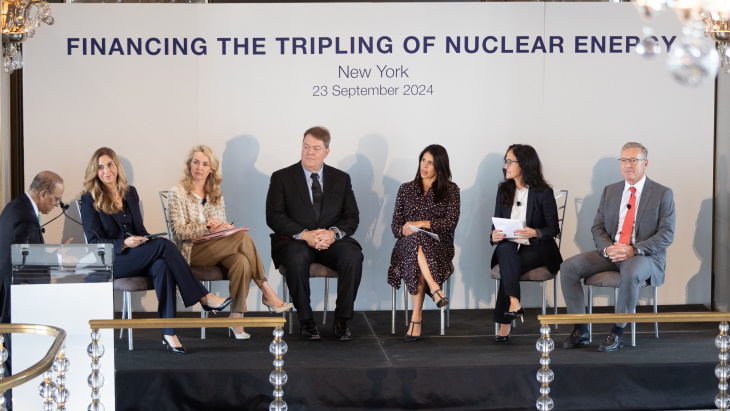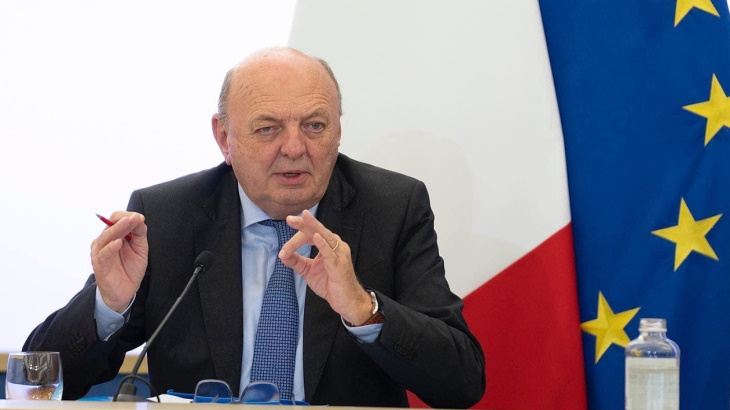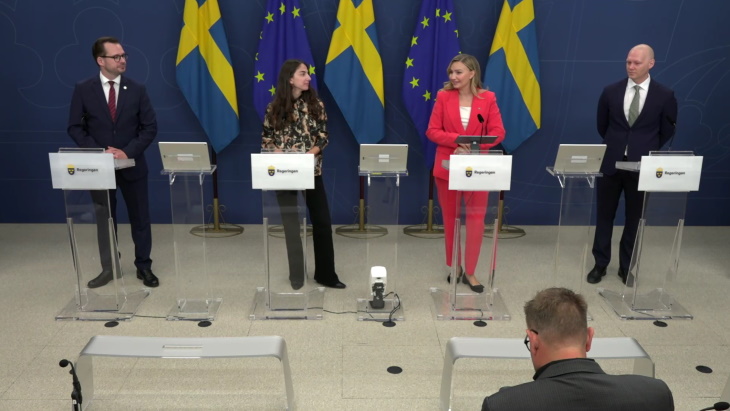Situation normal in Iran
![]() The latest report on safeguards issues in Iran shows no progress has been made in resolving queries, while Iran has improved its fuel cycle capabilities.
The latest report on safeguards issues in Iran shows no progress has been made in resolving queries, while Iran has improved its fuel cycle capabilities.
The latest report on safeguards issues in Iran shows no progress has been made in resolving queries, while Iran has improved its fuel cycle capabilities.
.jpg) |
| Commissioning procedures are underway at Bushehr with operation still almost one year away. The power reactor is not a concern for the IAEA (Image: AtomStroyExport) |
With the International Atomic Energy Agency (IAEA) conducting many snap inspections of uranium enrichment work, for some time now the primary concerns of the international community have related to a heavy-water research reactor under construction, plans for a new power plant at Darkhovin and queries over non-nuclear research which appears to have military links.
Nuclear power itself makes a very brief appearance in the latest report, delivered on 5 June to the governors of the IAEA, with a simple note that nuclear fuel is to be loaded into the Bushehr power reactor in September/October 2009. This would place the start up of the 1000 MWe unit towards the end of this year.
As regards the enrichment work, Iran has made quick progress after a period of stagnation. At the main enrichment plant more centrifuges have been installed, taking the total to 4920 in operation, 2132 under vacuum but not yet in use, and 169 recently installed. The plant has been producing low-enriched uranium at an increased rate, and over 15 tonnes of uranium hexafluoride (UF6) fed in has now produced an estimated 1339 kg of low-enriched UF6. There is also increased activity at the pilot enrichment plant, which is commissioning new centrifuge technology.
Although under tight IAEA observation, this work is being undertaken in continued contravention of UN Security Council demands made as far back as 2006. The IAEA noted that the current rate of production will require "improvements in the containment and surveillance measures" and it has proposed a solution to Iran on this.
Some of the IAEA's frustrations with Iran centre on the country's refusal to fully implement the Additional Protocol which would allow inspectors wide-ranging freedom of movement. The agency said that there are no indications of reprocessing activity at the Tehran Research Reactor and the Molybdenum, Iodine and Xenon (MIX) Production Facility, which it able to monitor, but that it cannot be sure no reprocessing is taking place elsewhere in the country "as the measures of the Additional Protocol are not available."
Similarly, Iran is refusing to allow the IAEA access to the IR-40 heavy-water research reactor currently under construction, or to share design information for the own-design nuclear power station it says it is planning for Darkhovin. Without this freedom and information, the IAEA is unable to verify the true purpose of these facilities. A fuel production line for IR-40 is now complete and has made its first assembly using natural uranium.
"Iran is the only state with significant nuclear activities which has a comprehensive safeguards agreement in force but is not implementing the provisions of the revised Code 3.1 on the early provision of design information," wrote the IAEA having requested information on Darkhovin in December 2007. "The absence of such information results in late notification to the agency of the constrution of new facilities and changes to the design of existing facilties."
Letters have been travelling between Iranian and IAEA officials concerning certain research programs with possible military dimensions. Since February, three letters have come from Iran questioning previous IAEA reports to which the agency "explained why the statements in the director general's report were correct." However, "the agency has still not received a positive reply to requests for access to relevant information, documentation locations or individuals."



.jpg)






_50521.jpg)

